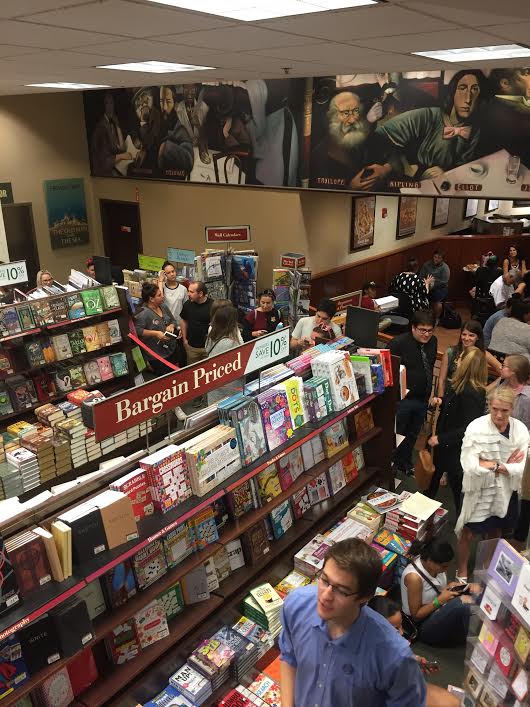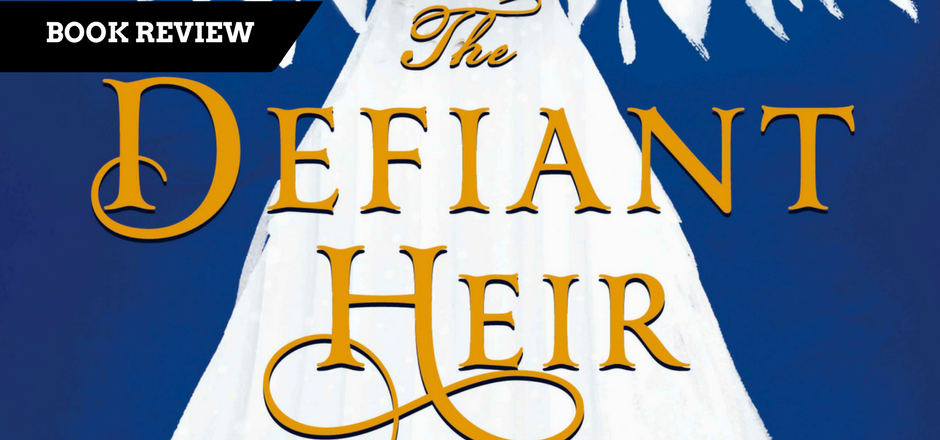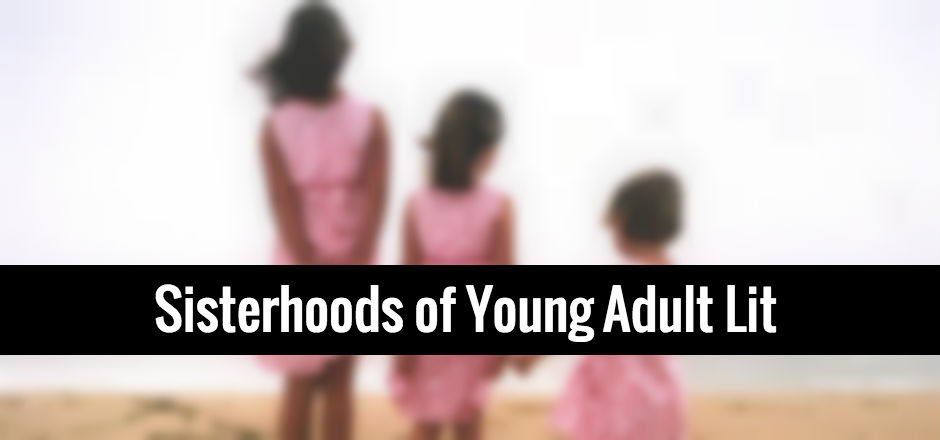Up until the 1960s, YA fiction mainly consisted of idealized characters and happy endings. But as authors such as Ann Head and Paul Zindel debuted stories detailing realistic issues faced and colloquial language used by the teenagers at the time, a new door opened for one writer to explore other facets of young adult life that hadn’t manifested in literature yet.
1969 marked the year that the first queer book was published. Titled I’ll Get There. It Better Be Worth the Trip, John Donovan shares an encounter between two boys that kiss after wrestling, which threatens the friendship between the kids, but ends with reconciliation and an agreement to never let this happen again. Although this only touched upon the social prejudices and insight into homosexuality, it was the start of a new era for YA literature.
As Mitchell Sunderland discusses on Broadly, “Queerness has always existed between the lines in novels about teenagers.” However, it was only a handful of books between the release of Donovan’s novel and the 1990s that discussed queer relations beyond a surface level. It wasn’t until the early 2000s when same-sex love stories became a new norm in literary fiction, when children’s book author David Levithan published his first teen fiction title, Boy Meets Boy. These tales of queer love expanded from books to film and television, educating young readers of all kinds that stories of romance are not limited to specific sexual identities.
[blocktext align=”left”]Queerness has always existed between the lines in novels about teenagers.[/blocktext]While love is not specific to any gender or sexuality, LGBTQ+ fiction at large cover important themes and subject matters that we don’t necessarily see in novels about straight couples. There are several differences that sociologists have discovered between heterosexual relationships and same-sex partnerships.
Other than what goes on in the bedroom, as The Scene reveals in a video on the various interpretations of “sexual bases” from men and women of different sexualities, there’s also a difference in relationship dynamics. As one expert shares on The Huffington Post, there seems to be a greater emphasis on sharing, equality and fairness in gay relationships compared to straight couples.
Human relations are complex, and for a long time, bookstores all over the world lacked literature that delved into romances occurring outside of the heterosexual category. But what was once considered taboo and controversial is now an established genre with the diversity that resonates with the young adult readers of today.
YA readers now have thousands of titles with queer protagonists to pick from. The Abyss Surrounds Us by Emily Skrutskie is the first in her series about lesbian pirates. Read Me Like a Book is Liz Kessler’s piece on a girl falling in love with her female teacher. The Great American Whatever by Tim Federle is the story of guy who loses his twin sister but finds passion in life again after he meets Amir at a party.
From the fantastical to the realistic, queer fiction is full of color and complexity that should be appreciated by all, no matter what sexuality one identifies with.
Check out Bookish for more titles under this genre.
—
About the Guest Writer: Lia has been writing about LGBTQ+ YA literature for many years. She is also very passionate about politics as well as climate change. During her downtime, she enjoys reading fiction novels and cycling along country roads.
(Image credit: abebooks.com)






